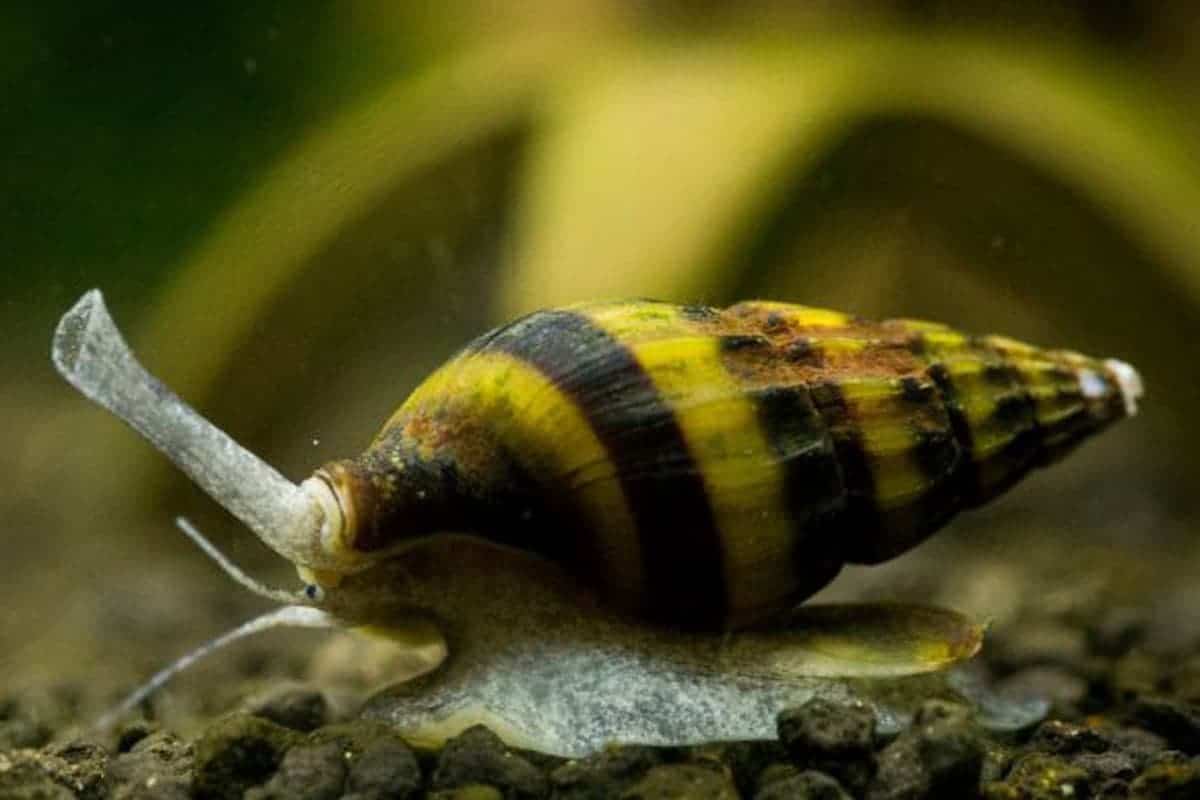Assassin Snail
Assassin Snail
check_circle Fast Shipping
check_circle Quality Products
check_circle Affordable Price
Reach out to us on ''available to order'' items via WhatsApp or email
Out of stock
Couldn't load pickup availability

Assassin Snail
package_2
Product Description
Product Description
All our fish, shrimp and corals are bagged with fresh oxygen as well as a heat pack in winter.
When ordering livestock please select the box size and add it to your cart for accurate overnight (1-2 days) shipping costs. A small box can take 1-2 bags and a medium box 6 bags. One bag fits max 10 small (1-3cm) fish or max 2 medium (3-5cm) fish or max 1 large (>5cm) fish.
ONE SPECIES PER BAG. Eg: One bag of 10 neon tetra.
Assassin Snail (Clea helena)
Description:
-
Appearance:
- Shell: Conical and elongated, with a distinctive, patterned appearance. The shell is usually brown or yellow with darker spiral bands or stripes.
- Body: Soft body is typically yellowish or brownish and may be partially visible through the translucent shell.
- Size: Can grow to about 1-1.5 inches (2.5-4 cm) in shell length.
-
Behavior:
- Activity: Primarily nocturnal and can be seen scavenging or hunting for prey during the night.
- Diet: Carnivorous; feeds mainly on other snails, including pest snails such as pond snails and ramshorn snails.
Care Requirements:
-
Tank Size:
- Minimum of 10 gallons (38 liters) for a small group; larger tanks are better to provide ample space and maintain water quality.
-
Water Parameters:
- Temperature: 72-78°F (22-26°C).
- pH: 6.5-8.0.
- Hardness: Prefers moderately hard water.
-
Tank Setup:
- Substrate: Soft substrate like sand or fine gravel is ideal. It allows snails to move around comfortably and prevents shell damage.
- Filtration: Good filtration is essential to maintain water quality. Avoid strong currents that could stress the snails.
- Cover: Ensure the tank is well-covered to prevent snails from escaping, as they are known to climb out.
-
Diet:
- Primary Food: Carnivorous diet; will primarily feed on other smaller snails. If other snails are not present, provide them with specially formulated snail food or high-protein pellets.
- Supplemental Food: May occasionally eat small amounts of algae or fish food if other prey is not available.
-
Behavioral Considerations:
- Compatibility: Generally peaceful but can be predatory towards other small snails. They are usually compatible with fish and other non-snail tank mates.
- Breeding: Assassin snails can reproduce in the aquarium, but they are usually not prolific breeders. Eggs are laid above the waterline.
-
Tank Maintenance:
- Water Changes: Regular water changes (20-30% weekly) to maintain water quality and cleanliness.
- Cleaning: Clean the tank and remove any uneaten food or waste, but avoid using harsh chemicals.
-
Health Care:
- Observation: Monitor for signs of poor health, such as a deteriorating shell, lack of movement, or changes in behavior.
- Treatment: Ensure optimal water conditions and consult an aquarium professional if any health issues arise.


